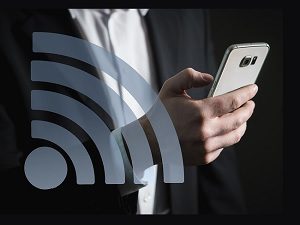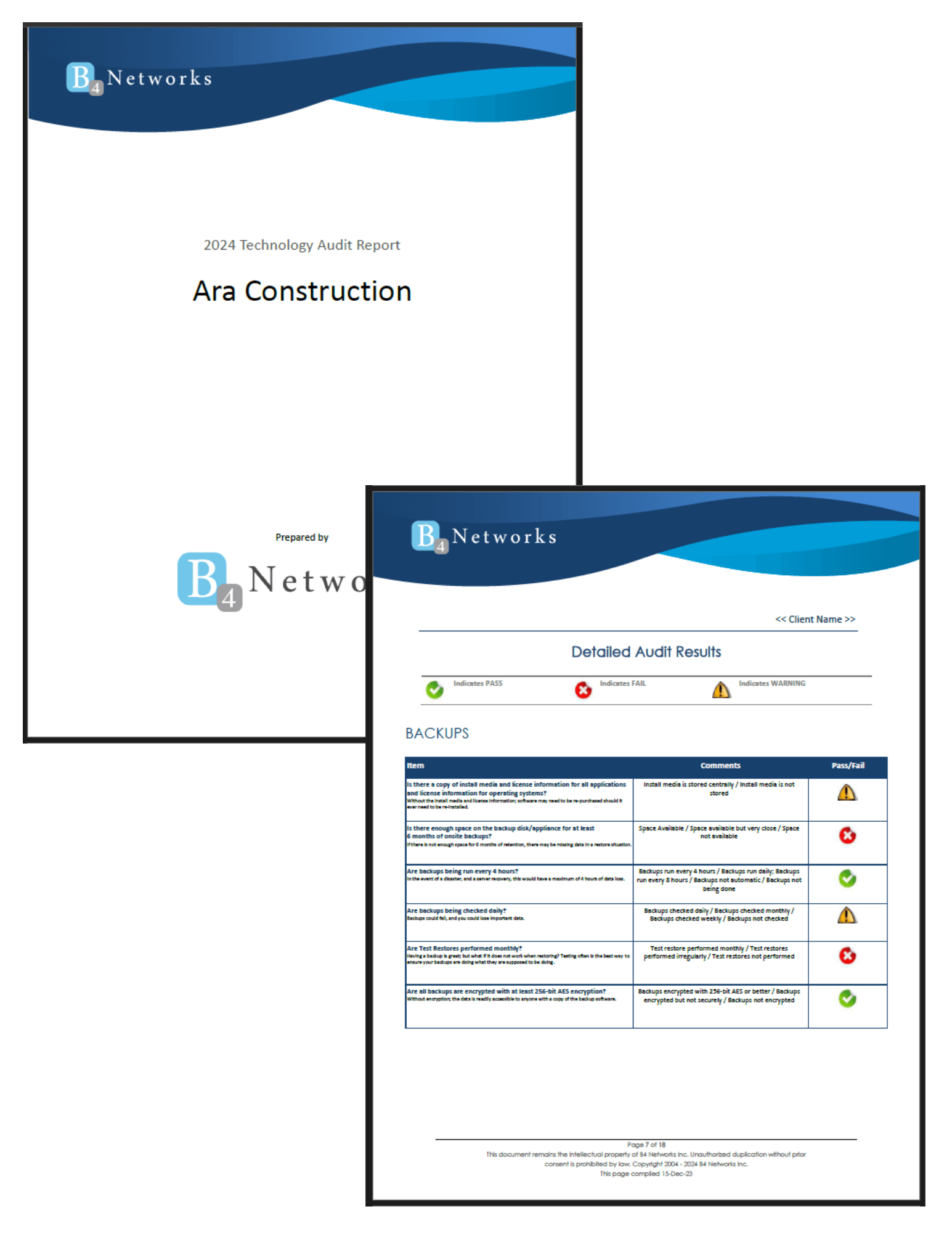Authored by: Bryan Lachapelle, President & CEO
 Imagine you're at the airport, gearing up for a business trip, and you decide to get some work done before your flight. You open your laptop and connect to what you think is the airport's Wi-Fi, but instead, you've unknowingly connected to a malicious twin network set up by a cybercriminal. This is known as an "evil twin" attack—a scenario where a cybercriminal creates a fake Wi-Fi network that looks like the real one, luring unsuspecting victims into a trap.
Imagine you're at the airport, gearing up for a business trip, and you decide to get some work done before your flight. You open your laptop and connect to what you think is the airport's Wi-Fi, but instead, you've unknowingly connected to a malicious twin network set up by a cybercriminal. This is known as an "evil twin" attack—a scenario where a cybercriminal creates a fake Wi-Fi network that looks like the real one, luring unsuspecting victims into a trap.
Once connected, the cybercriminal can wreak havoc: infecting your device with malware, stealing your personal information, and gaining access to your accounts. The scariest part? These attacks are often invisible to the user, and you might not even realize you’ve been hacked until it's too late.
So how can you protect yourself from falling prey to an evil twin attack?
- Spot Duplicate Network Names: If you see multiple networks with similar names, like "BagelShop" and "BagelShop1," it’s a red flag. Always ask a knowledgeable employee for the correct network name before connecting.
- Beware of Unsecured Networks: Your device will usually alert you if you're about to connect to an unsecured network. These networks lack security protections, making them prime targets for hackers. When in doubt, use your phone’s hotspot instead.
- Check Captive Portals Carefully: Captive portals are login pages that appear when you connect to public Wi-Fi. Hackers can create fake portals to steal your information or infect your device. Always scrutinize these pages before logging in.
If you suspect you've fallen victim to an evil twin attack, immediately contact your IT department, change any affected passwords, and notify your banks if necessary. Reporting the attack to your local police department and consumer protection agency is also a good step to take.
Stay vigilant, stay safe, and remember—when in doubt, it’s always better to use your own secure hotspot.



